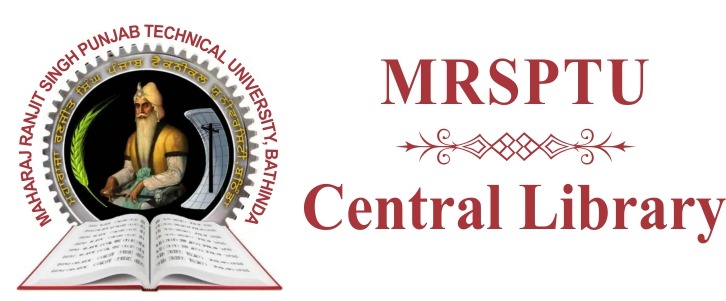Please use this identifier to cite or link to this item:
http://localhost:8080/xmlui/handle/123456789/810Full metadata record
| DC Field | Value | Language |
|---|---|---|
| dc.contributor.author | Singh, J | - |
| dc.contributor.author | Chatha, S S | - |
| dc.contributor.author | Sidhu, B S | - |
| dc.date.accessioned | 2023-07-27T06:20:29Z | - |
| dc.date.available | 2023-07-27T06:20:29Z | - |
| dc.date.issued | 2020 | - |
| dc.identifier.issn | 2212-4616 | - |
| dc.identifier.uri | https://doi.org/10.1016/j.jmapro.2020.03.040 | - |
| dc.identifier.uri | http://localhost:8080/xmlui/handle/123456789/810 | - |
| dc.description.abstract | Low alloy spring steel with medium or high carbon is normally used for manufacturing of agriculture and mining tools due to their adequate mechanical properties. In some cases as per end-user requirements these tools do not have enough wear resistant properties, so surface overlying is a good alternative to enhance the wear resistance of these tools. The main objective of this research is to manufacture and test the abrasive wear resistance of newly developed weld overlaid tillage tools with three different types of Fe-Cr-C based hardfacings namely H1, H2 and LH550. Abrasive wear tests conducted in laboratory as per ASTM G-65 standard were compared with the tests carried out under actual field conditions in sandy loam soil. Optical microscopy, microhardness, scanning electron microscopy, EDS analysis and wear tests were performed to identify the relation existing between microstructure, chemical composition and wear mechanism of different overlaid alloys. LH550 hardfacing having 6.72 wt% chromium exhibited higher value of hardness and abrasive wear resistance, which might be attributed to the rod-shaped and fishbone-like morphology of the overlaid material. The wear rate of LH550 overly has been found to be 0.833 g/km and 2.424 g/km (9.49 g/ha) in laboratory and in actual field trials respectively. The wear resistance indices (WRI) for laboratory tests were evaluated as 1, 1.4, 1.66 and 2.1 for bare, H2, H5 and LH550 weld overlaid steels respectively and the WRI for field conditions were found to be 1, 1.01, 1.41 and 1.68 for bare, H2, H5 and LH550 weld overlaid steels respectively. | en_US |
| dc.language.iso | en | en_US |
| dc.publisher | Journal of Manufacturing Processes 55, | en_US |
| dc.relation.ispartofseries | ;143- 152 | - |
| dc.subject | weld overlaid tillage | en_US |
| dc.title | Abrasive wear behavior of newly developed weld overlaid tillage tools in laboratory and in actual field Conditions | en_US |
| dc.type | Article | en_US |
| Appears in Collections: | Research Papers | |
Files in This Item:
| File | Description | Size | Format | |
|---|---|---|---|---|
| Kindly contact to the Central Library.docx | 11.36 kB | Microsoft Word XML | View/Open |
Items in DSpace are protected by copyright, with all rights reserved, unless otherwise indicated.

